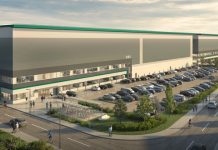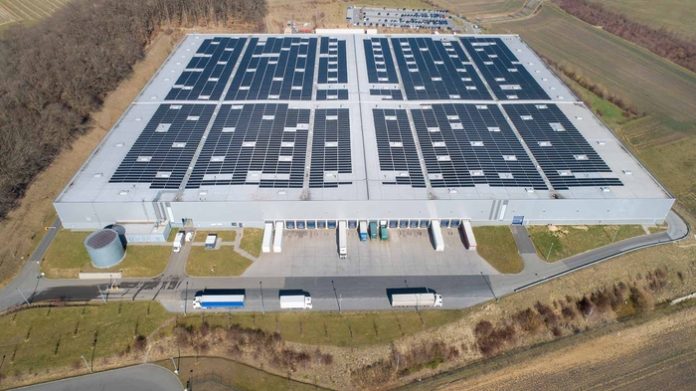The warehouse construction sector is facing an international supply chain crisis in a world of soaring demand for new build projects, according to research from global professional services company Turner & Townsend.
The Warehouse Cost Index 2021 reveals the rising costs of constructing industrial space across global markets, driven by a combination of a high volume of projects, intense competition and a lack of contractor capacity.
The research analyses construction input costs – including labour and materials – across 66 key logistics markets, alongside industry sentiment and insight from logistics sector professionals.
The Index shows that supply chain friction and the increasing difficulty of obtaining labour and materials in 2021 has fuelled above average cost inflation, while providing an opportunity for supply chains to increase margins.
This year, Tokyo has taken the title as the most expensive location for logistics real estate. Much of Japan’s logistics infrastructure is in need of modernisation and the current e-commerce boom is driving a need for new warehouse space.
Hong Kong is now the second most expensive market as the city’s zero COVID-19 policy and tough quarantine rules have added to supply chain disruption at the port and airport for this highly import-dependent market.
Dublin has been catapulted into the top three most expensive locations after being ninth in the index in 2020. Delays, additional paperwork and extra costs created by Brexit have created a complex landscape for logistics projects in Ireland.
US port-side locations including Long Beach, Oakland, and San Francisco also feature in the top ten, with excessive lead times a critical challenge. Congestion and backlogs at US ports mean thousands of full containers are sitting offshore, waiting an average of 8.7 days for a spot at the port – driving higher prices and more stress on the system.
Re-shoring of operations is impacting the size of warehouses and distribution centres, driving the need for additional space and larger domestic footprints. However, the logistics industry cannot add additional floor space and ‘just in case’ resilience easily. In particular, a lack of available land with planning certainty is highlighted as a major challenge by 43 percent of survey respondents.
Commenting on the findings, Dan R. Robinson III, Director, Industrial & Logistics at Turner & Townsend, said:
“The trend for re-shoring operations is gathering momentum, creating more regional and localised supply chains to provide businesses with greater levels of certainty and ‘what if’ resilience.
“Increasing costs for warehouse construction has become an accepted normal as a result of heated investment in new logistics projects over the past decade. However, supply chain friction and the increasing difficulty of obtaining labour and materials in 2021 has fuelled above average cost inflation, while providing an opportunity for supply chains to increase margins.”
Across the world, the imbalance of trade caused by congestion at ports and a lack of shipping containers shows no signs of abating. Ocean containers have increased from a pre-pandemic $3,000 per container to current trading prices of $25,000 a container.
With the sector facing severe skills shortages, high levels of automation are now integral to many new builds. 95 percent of respondents forecast that the most significant increase in demand will be for highly automated warehouses.
Alarmingly, only 24 percent of respondents currently believe warehouse owners and operators have a clear route map for achieving net zero carbon. On-site power generation from renewable sources is seen as having the biggest impact in helping warehouses achieve net zero (97 percent) followed by battery storage (90 percent).
The sector’s greatest environmental challenges lie in reducing transport emissions across air, road and sea. This remains a significant issue, as anecdotal insight reveals that port congestion is currently leading to some products being transported by air which would previously have been shipped by sea freight. This is likely to only be a temporary backwards step, with evidence building that the industry is on a longer-term trajectory to drive net zero.




















